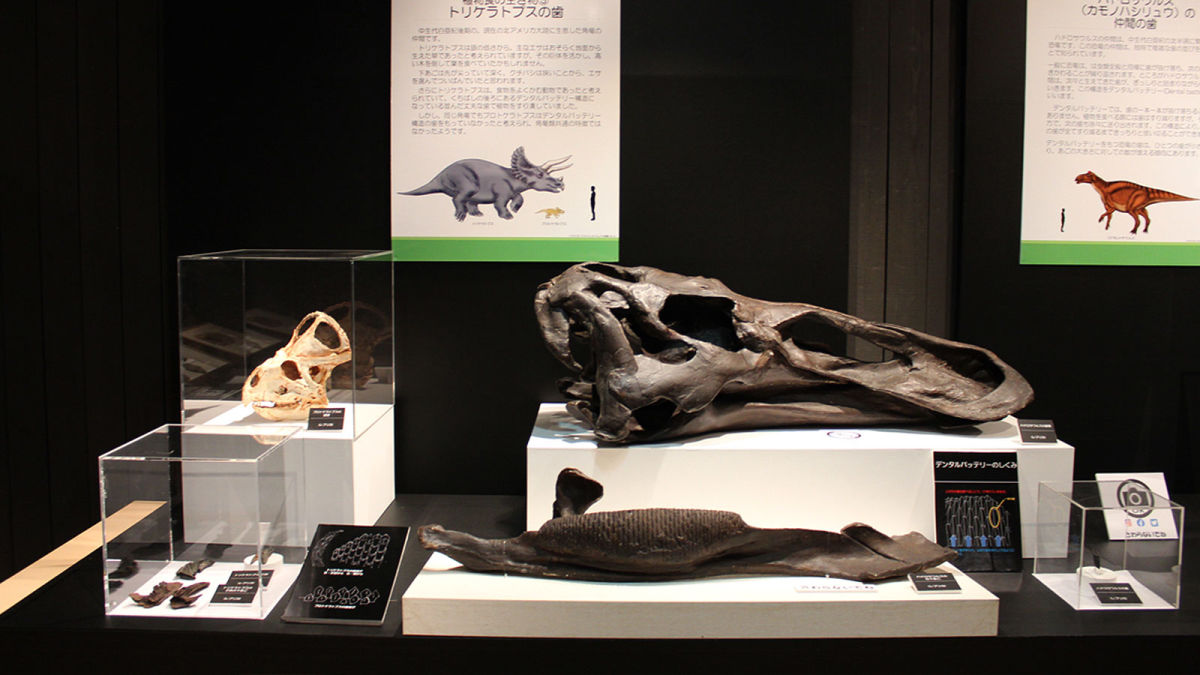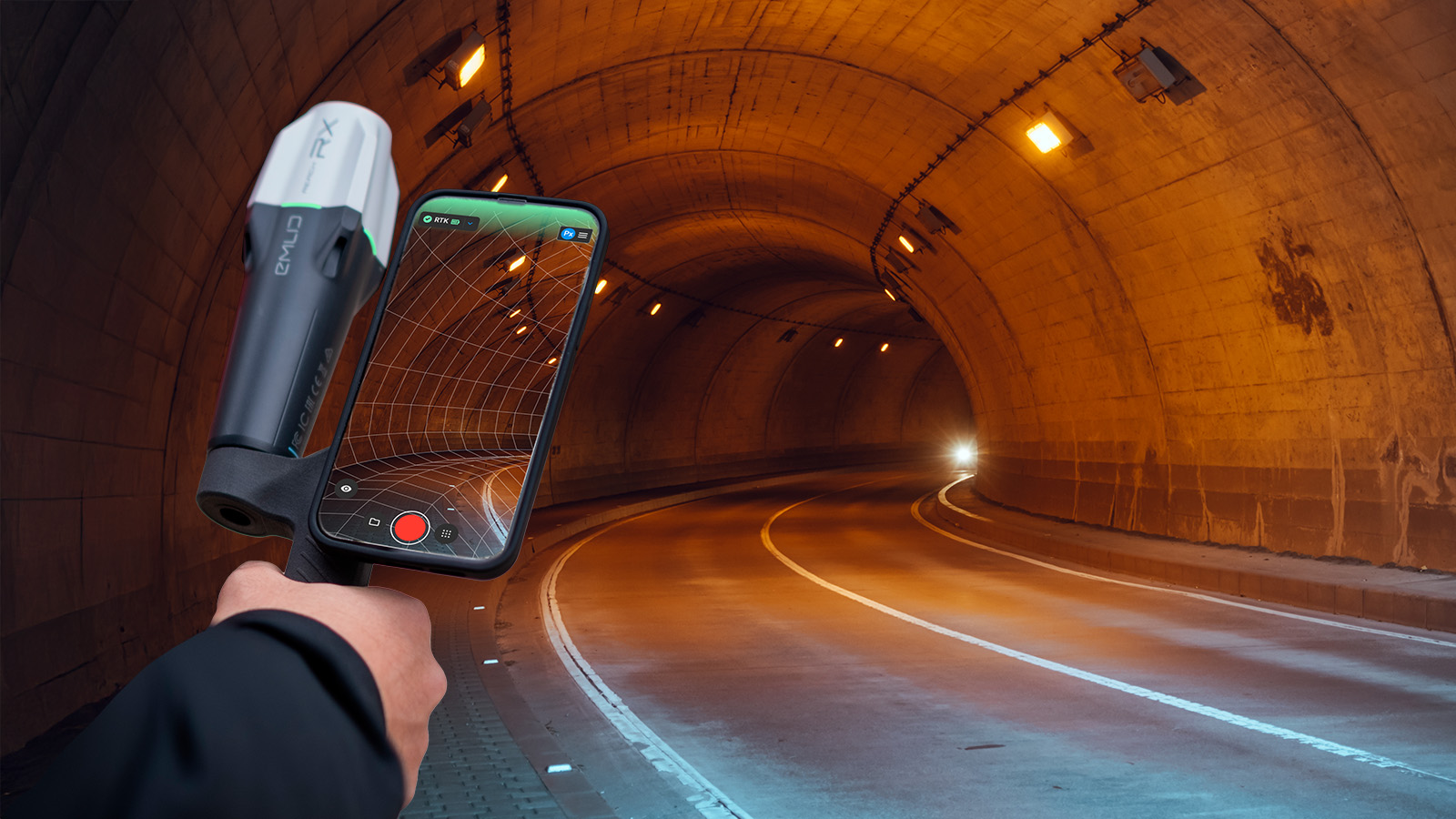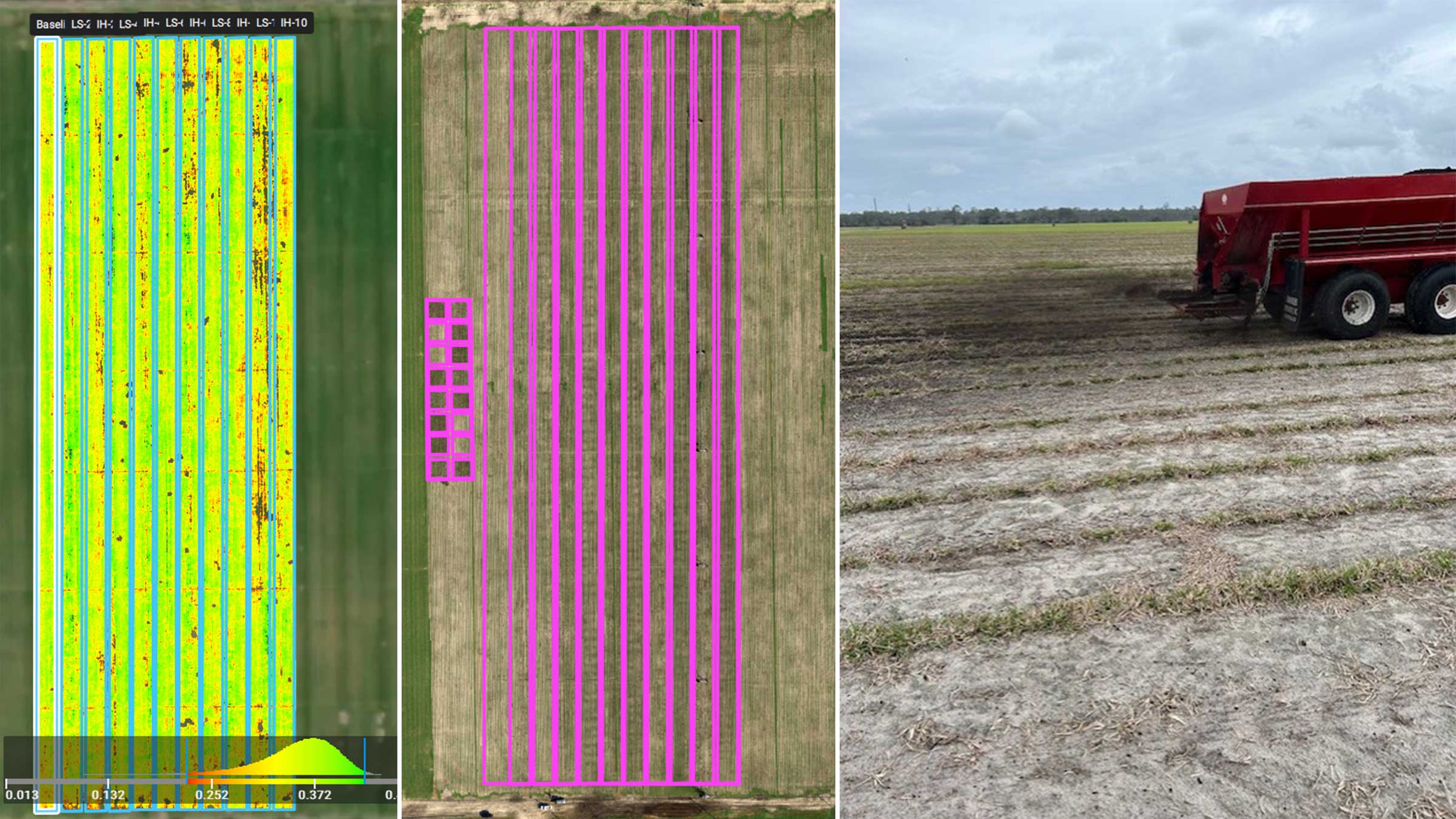A sharp story: modeling dinosaur teeth for exhibition
What can dinosaur teeth tell you? This is not the start of a joke, but the theme of an ongoing exhibition by the Food and Agriculture Museum connected to the Tokyo University of Agriculture. “Exploring the Mesozoic Era from Dinosaur Teeth” is aiming to let visitors carefully observe how dinosaur teeth contain lots of information about dinosaurs. The shape and distribution of the teeth in a dinosaur’s jaw highlights the ecology of the animals and what their diets were. This answers questions about the lifestyle and position of the original dinosaur in the food chain - was it at the top like a T-Rex or more like a T-Rex’s snack?
Displaying these teeth is challenging - they need to be carefully preserved. So Professor Okazawa, assisted by graduate Zhang Ka, of the Department of Bio-Production and Environment Engineering at the Tokyo University of Agriculture, used Pix4Dcatch to scan and collect data from the bones of the dinosaurs and generated 3D models to show at the exhibition.
Difficulties in handling dinosaur fossils
Working with these fossils is a very delicate process as they are millions of years old, making photo acquisition a difficult task. Handling the bones too roughly or too quickly could damage them, which can be devastating for research. Professor Okazawa and Zhang Ka were very careful as they collected data for the models. Despite this, the workflow of taking photos, importing them to Pix4Dmapper and processing took only 3 days.
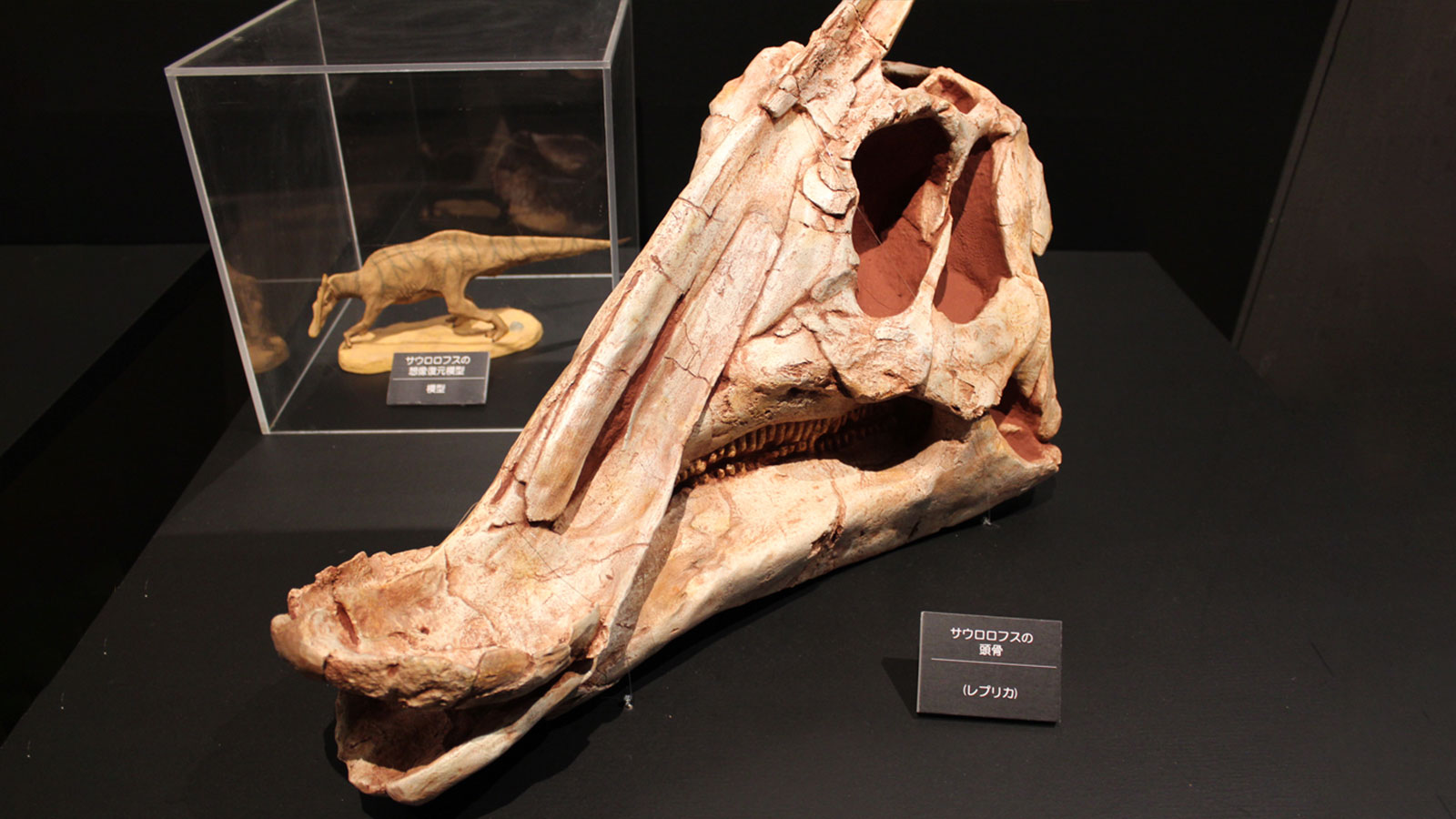
Project details
| Location | Tokyo, Japan |
| Software | Pix4Dcatch, Pix4Dmapper |
| Hardware | iPad Pro 2020, CPU: AMD Ryzen 7 3700x 8-core processor |
| Total number of images | 343 |
| Processing time | 30 minutes |
| Output | 3D point cloud |
Prof. Okazawa had initially some troubles with collecting the images for this small scale project. He started with a digital camera and captured 300 to 1,000 images per bone. This did not accurately render the shape of the teeth, which was a major challenge as the whole point was to create exact models.
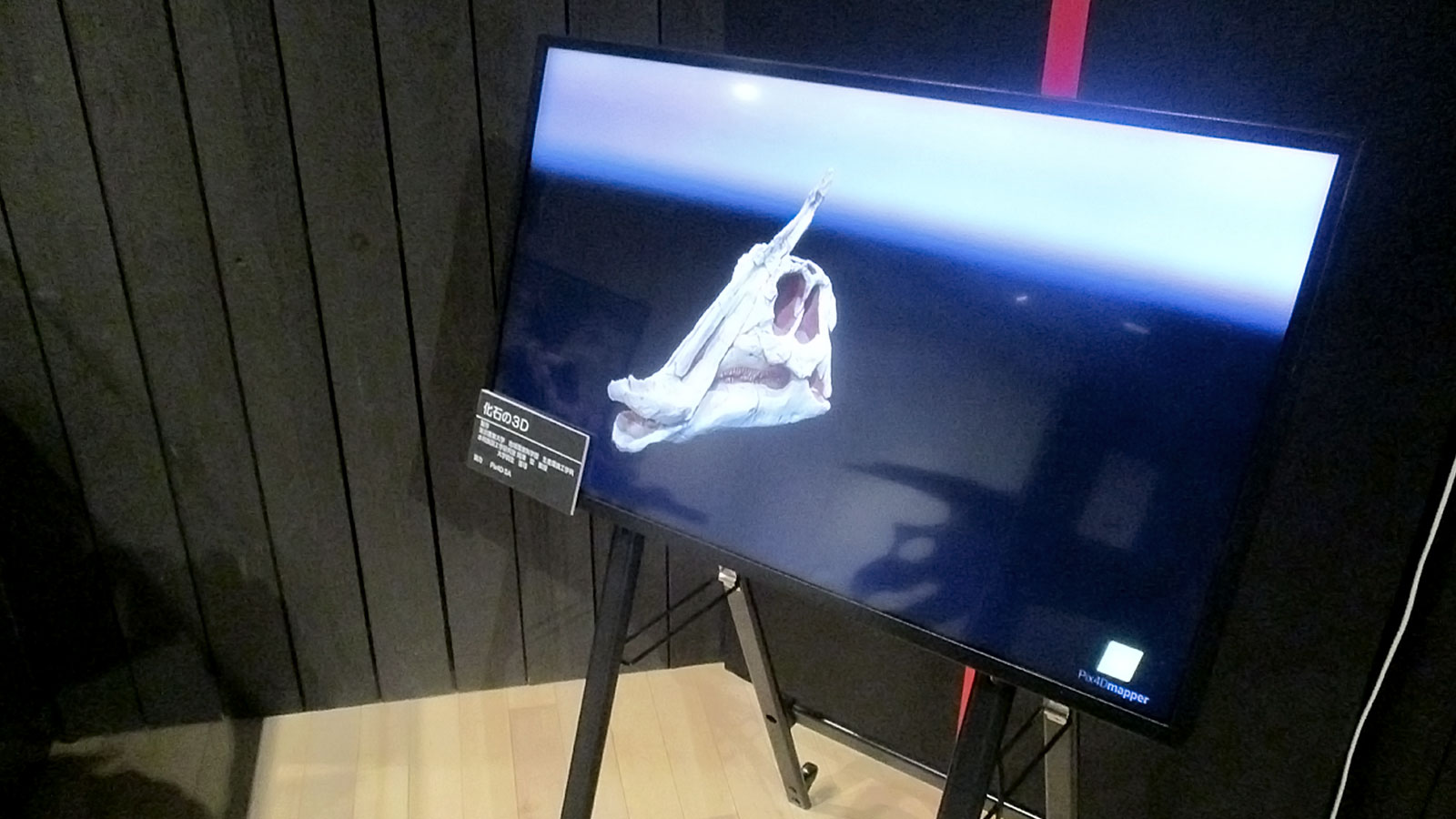
The Pix4Dcatch app created a new opportunity for the project. Pix4Dcatch is the newest addition to Pix4D’s portfolio, empowering ground image capture for 3D modeling. The mobile app takes advantage of the LiDAR capabilities of the latest iPhones and iPads. Prof. Okazawa used an iPad Pro 2020 with Pix4Dcatch to gather data, which was processed in Pix4Dmapper in under 30 minutes. The collected images created a scaled digital twin of the dinosaur bones for the exhibition.
“Pix4Dmapper is highly versatile and can process projects regardless of the scale of the object”. - Prof. Okazawa
Modernizing museum exhibitions
After the fossils were scanned, the 3D models were displayed at the exhibition. Visitors can view the fossils from 360 degrees on public screens without missing any details.
There are two advantages to this: the teeth can still be studied and kept in a safe, preservative environment whilst visitors can explore the fossils and interact with them more closely than if the teeth were in a glass exhibition box. The models can also be used in presentations or shared with other institutions as part of continuing research into the mysteries of the dinosaurs.
“If it wasn’t for Pix4Dcatch, we could not have exhibited these 3D models. Visitors can now see the fine shapes from all angles.” - Prof. Okazawa
“Exploring the Mesozoic Era from Dinosaur Teeth” showcases the fascinating links between evolution and dinosaurs, giving an insight into the enormous creatures that used to exist. The size and scale of the dinosaurs can be hard to imagine, so having interactive models helps visitors picture them better.
Special thanks to Prof. Okazawa and Zhang Ka for their story, as well as the Tokyo University of Agriculture.
